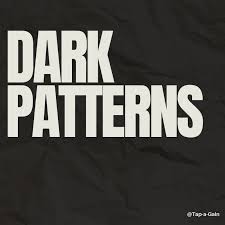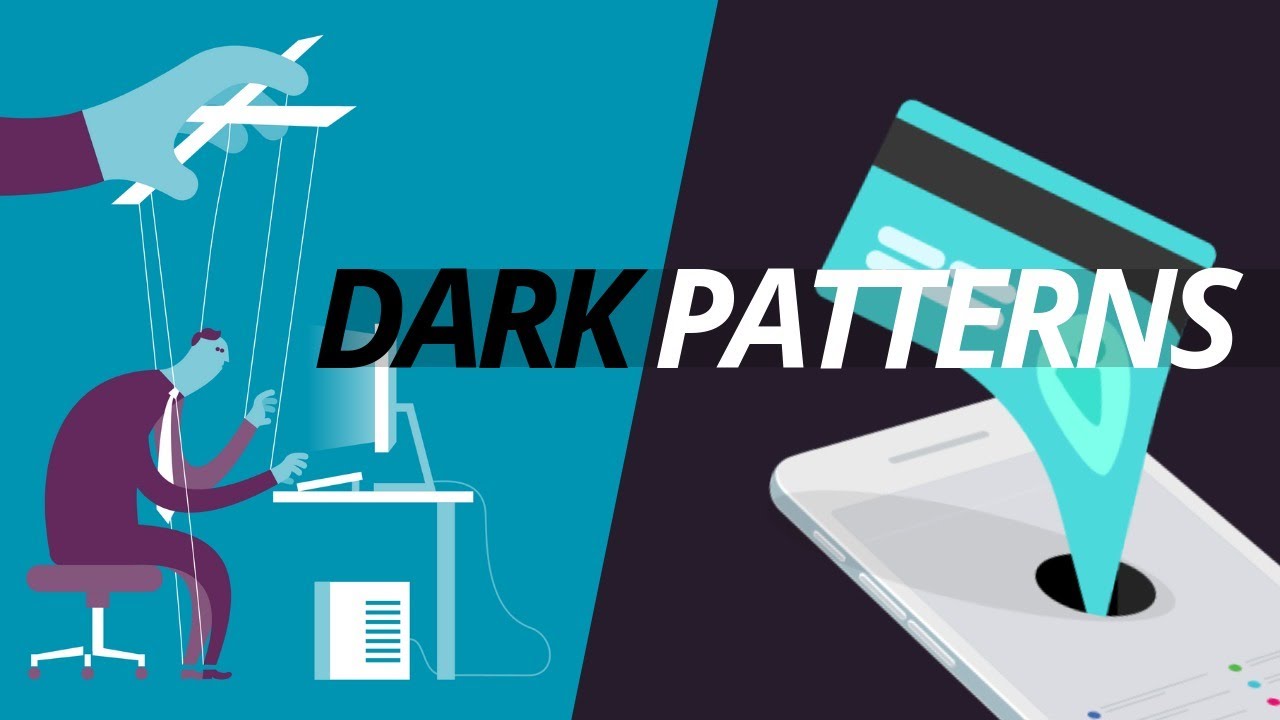Dark Pattern
Why in News
Recently, the government has banned 13 "dark pattern" sites on e-commerce platforms under guidelines by CCPA.
Important Points
Guidelines:
• These patterns deceive or manipulate
• They include false urgency, basket sneaking, and forced action.
• The guidelines ensure clarity for buyers, sellers, marketplace and regulators, defining what are unacceptable as unfair trading practices.
• The guidelines are applicable to all platforms offering goods and services in India, and even advertisers and sellers.
• Resorting to dark patterns will amount to misleading advertisement or unfair trade practice or violation of consumer rights.
What do the guidelines say?
• The penalty will be imposed as per the provisions of the Consumer Protection Act.
• The ministry has defined 13 deceptive practices that will be treated as ‘dark patterns’ and these include;
• Creatingfalse urgency by creating an artificial sense of scarcity,
• basket sneaking, where the inclusion of additional items such that the total amount payable by the user is more than the amount payable for the product as well as subscription trap.
• Forced Action: Manipulating users into sharing more personal information than intended.
What are dark patterns and its types?
• Dark patterns, also known as deceptive patterns, refer to strategies employed by websites and apps to make users perform actions they did not intend to or discourage behaviors that are not advantageous for the companies.
• The term was coined by Harry Brignull, a user experience (UX) designer, in 2010.
• These patterns often exploit cognitive biases and employ tactics such as false urgency, forced actions, hidden costs etc.
• They can range from overtly noticeable tricks to more subtle methods that users may not immediately recognize.
Types of Dark Patterns:
The Consumer Affairs Ministry has identified nine types of dark patterns being used by e-commerce companies:
• False Urgency: Creates a sense of urgency or scarcity to pressure consumers into making a purchase or taking an action;
• Basket Sneaking: Dark patterns are used to add additional products or services to the shopping cart without the user’s consent;
• Confirm Shaming: Uses guilt to make consumers adhere; criticises or attacks consumers for not conforming to a particular belief or viewpoint;
• Forced Action: Pushes consumers into taking an action they may not want to take, such as signing up for a service in order to access content;






.jpg)
.jpg)
.jpg)
 Bill, 2021.jpg)
.jpg)



